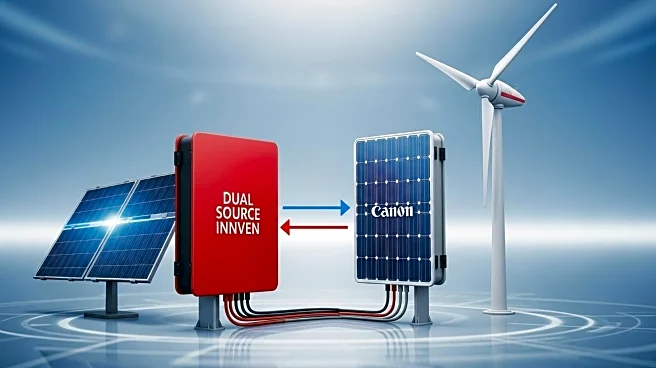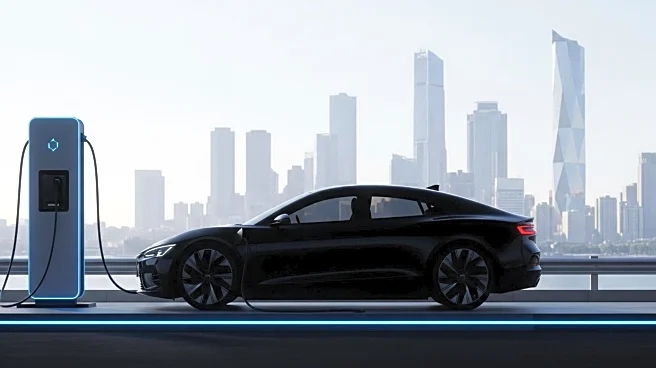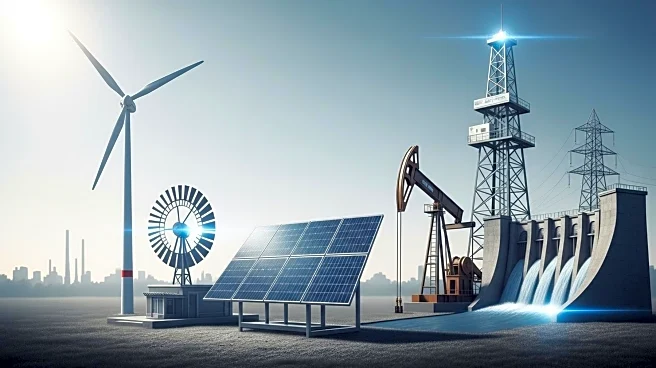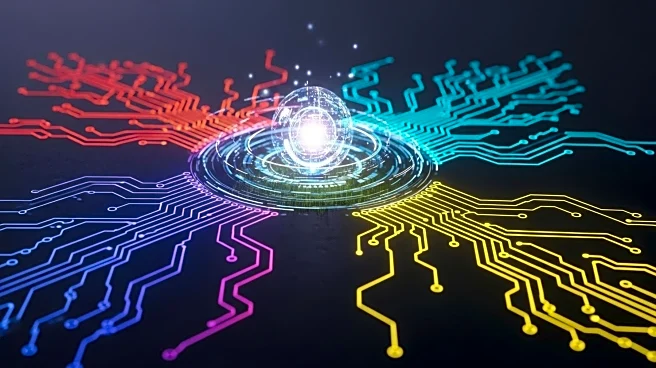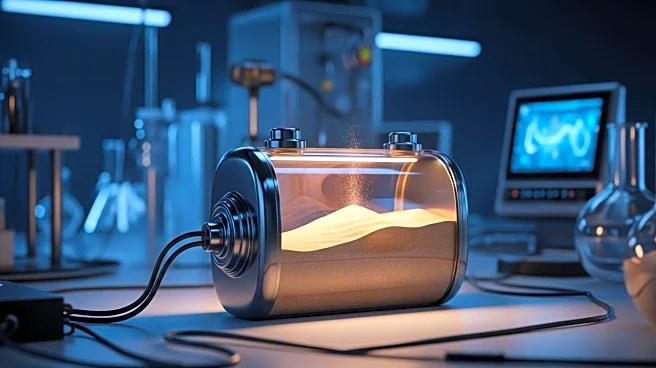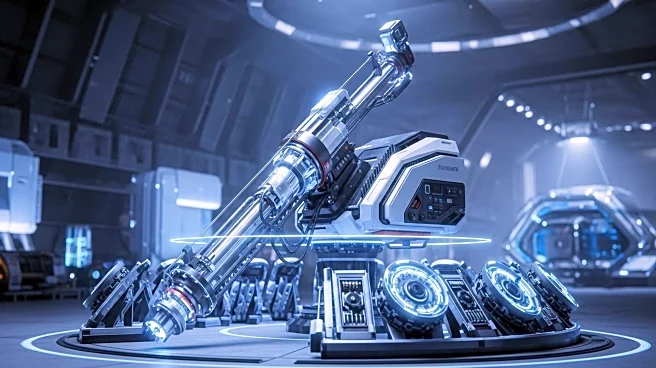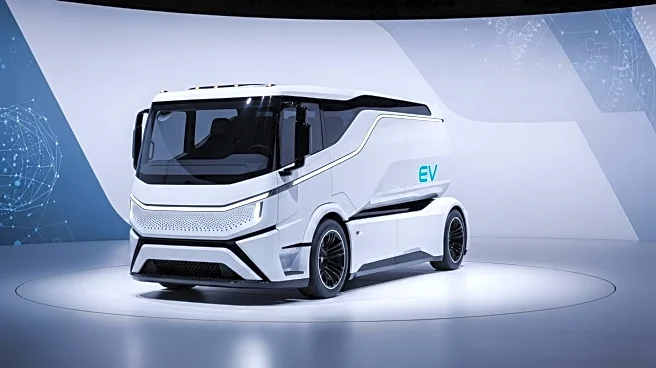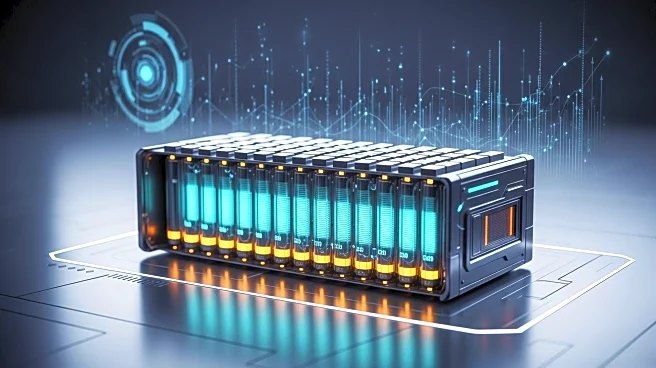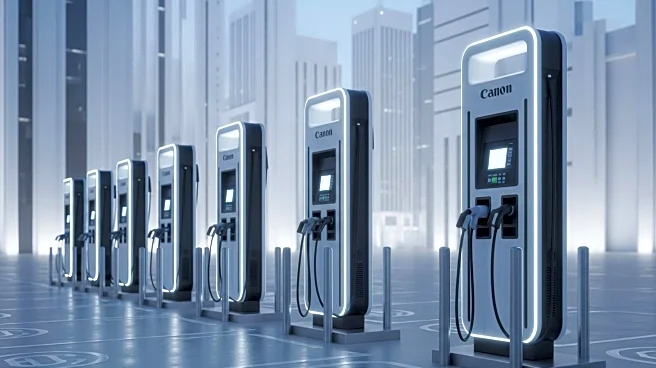What is the story about?
What's Happening?
A new dual-source 17/25-level active neutral point clamped (ANPC) inverter has been developed, offering reduced stress on devices and a lower part count, making it suitable for hybrid energy systems. This inverter architecture addresses common challenges in multilevel inverter technologies, such as high component counts and complex voltage balancing requirements. By utilizing asymmetric input voltage ratios and eliminating the H-bridge structure, the inverter achieves superior waveform quality, lower total harmonic distortion (THD), and reduced electromagnetic interference (EMI). The design allows for flexible generation of 17 or 25 output levels, enhancing efficiency and thermal performance while reducing costs.
Why It's Important?
The introduction of this dual-source ANPC inverter could significantly impact the renewable energy sector, particularly in applications requiring high-performance power conversion. Its ability to reduce device stress and component count while maintaining high efficiency makes it an attractive option for cost-sensitive applications. The inverter's design supports both 17 and 25 levels without additional parts, offering flexibility in deployment and potentially lowering overall system costs. This innovation could drive advancements in electric vehicles, industrial drives, and renewable energy systems, contributing to more sustainable and efficient energy solutions.
What's Next?
The proposed inverter design is expected to undergo further validation through experimental results, including efficiency analysis and THD performance. As the technology proves its effectiveness, it may see increased adoption in various energy systems, prompting manufacturers to integrate it into their product lines. The flexibility in level selection at deployment could lead to tailored solutions for specific applications, optimizing performance and cost. Stakeholders in the energy sector, including policymakers and industry leaders, may explore opportunities to leverage this technology for enhanced energy efficiency and sustainability.
Beyond the Headlines
The development of this inverter technology highlights the ongoing innovation in power electronics, which is crucial for advancing renewable energy systems. Its potential to improve energy conversion efficiency aligns with global efforts to reduce carbon emissions and transition to cleaner energy sources. Additionally, the reduced complexity and cost of the inverter could make advanced energy solutions more accessible, promoting wider adoption and fostering economic growth in the green energy sector.
AI Generated Content
Do you find this article useful?
